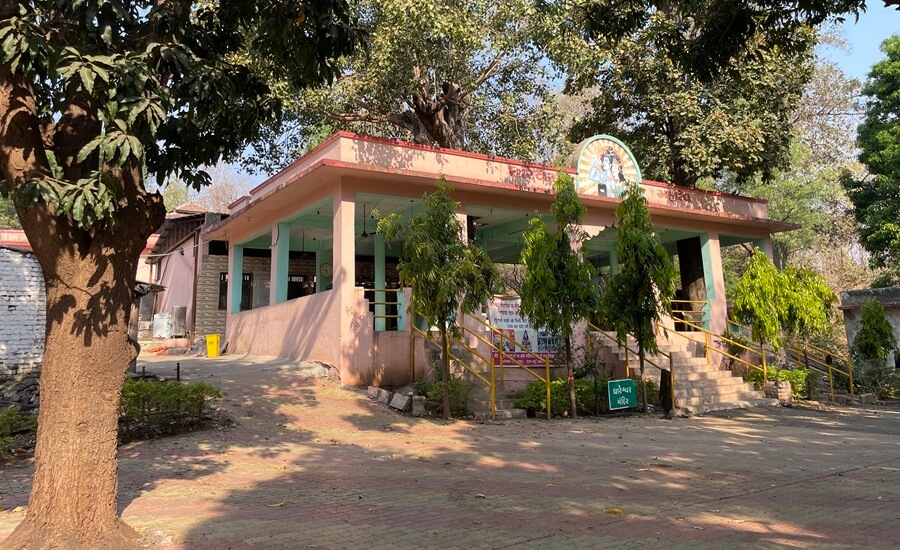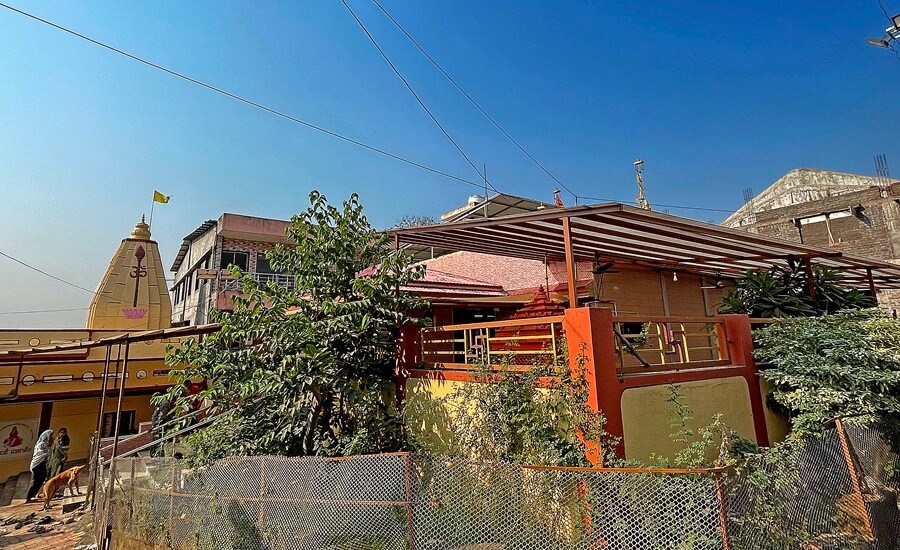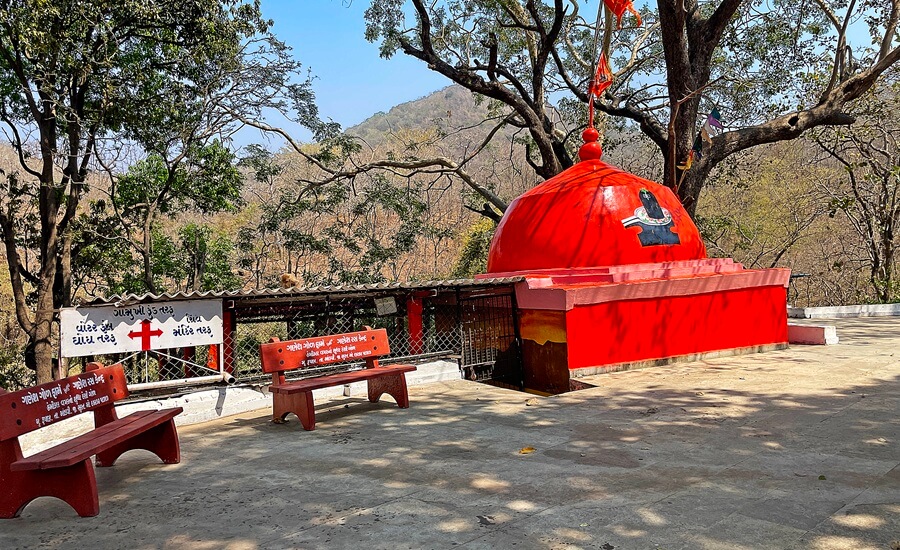
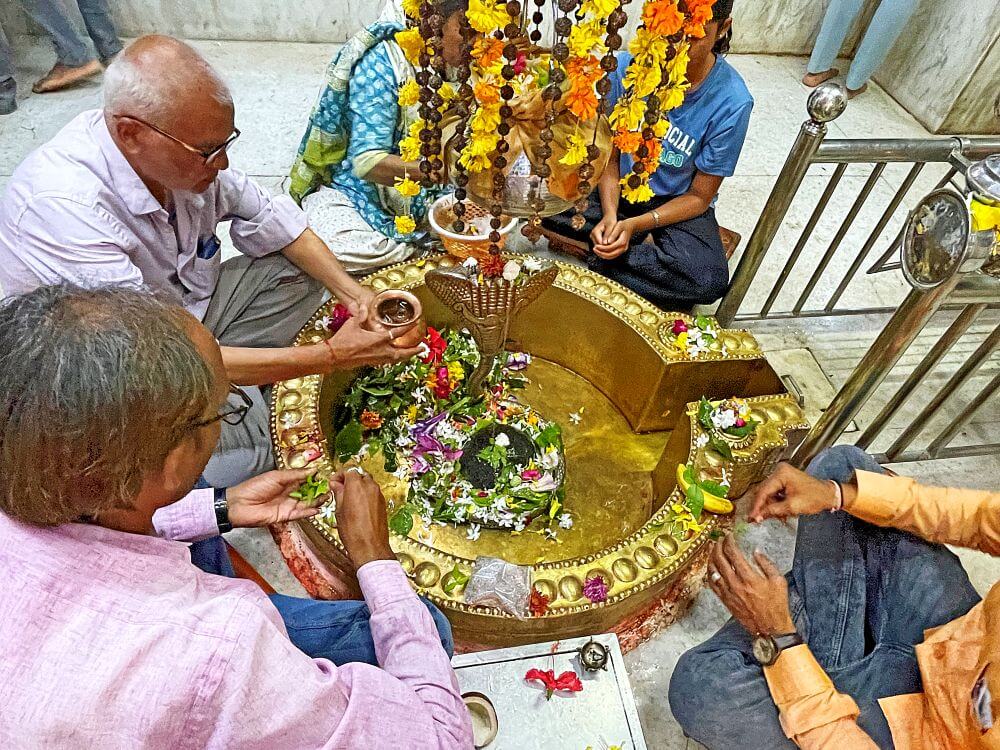
Vyara is a historically significant town that once belonged to the Gaekwad princely state of Baroda. Known for the fort built by the Gaekwads between 1730–35, Vyara is today the headquarters of Tapi district in Gujarat. Among its notable religious landmarks is the ancient Mankameshwar Mahadev Temple, dedicated to Lord Shiva. The Shivling (Shiva idol) here is believed to be self-manifested (Swayambhu) and was discovered near a stepwell around 400 years ago. Devotees believe that the Shivling is active (jagrit) and powerful and that offering water (Jalabhishek) fulfills all wishes (manokamna). It is also believed that all divine energies reside in this temple.
The Swaminarayan sect also holds this temple in high regards. 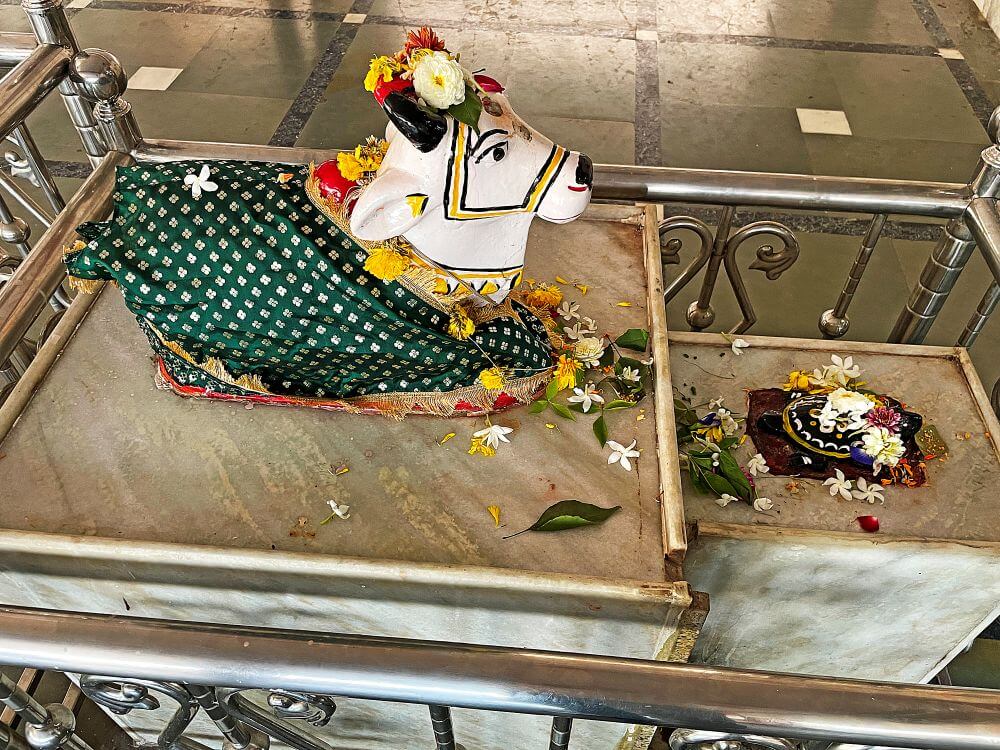 The sect’s fifth spiritual successor, Pramukh Swami, once visited the temple and offered prayers to the Shivling after bathing in the nearby ancient stepwell. This site is now considered holy.
The sect’s fifth spiritual successor, Pramukh Swami, once visited the temple and offered prayers to the Shivling after bathing in the nearby ancient stepwell. This site is now considered holy.
According to legend, around 400 years ago, Lord Shiv appeared in a dream to a man from a Vanjara family and told him that a Shivling was buried near a stepwell in Vyara and must be excavated and consecrated. As instructed, the man dug up the site and found the Shivling, which was then installed with proper rituals and a small temple was built. The first renovation of the temple took place in 1957 and the current form of the temple emerged after a recent restoration.
Tapi district is known for significant bamboo production. Formed in 2007 after splitting from Surat district, Tapi includes seven talukas – Vyara, Songadh, Valod, Uchchal, Dolvan, Kukurmunda and Nizar. 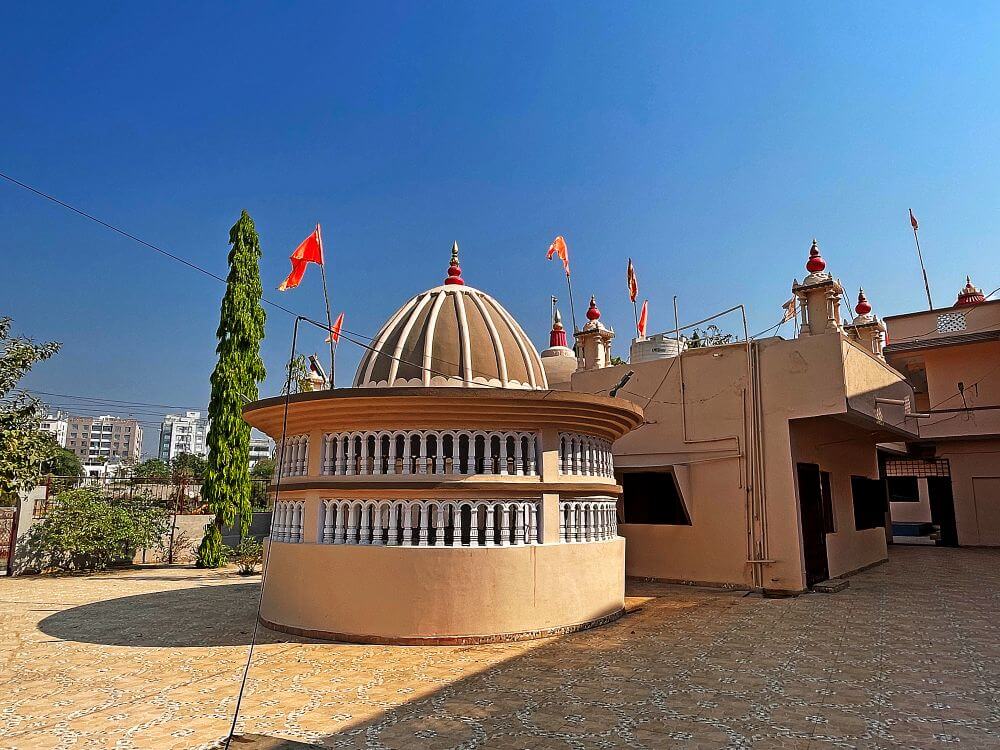 Vyara is the administrative center. Historically, Vyara was a part of the Baroda State from 1721 to 1948. The Gaekwad dynasty’s founder, Pilajirao Gaekwad, established control here by first capturing the Sonaghad Fort from the Mevasi Bhils. Vyara is located about 20 km from Sonaghad. In 1730, he began constructing a fort in the center of this town, which flourished significantly during the Gaikwad rule. The town hosts several Shiva temples, among which Mankameshwar Mahadev is a prominent one.
Vyara is the administrative center. Historically, Vyara was a part of the Baroda State from 1721 to 1948. The Gaekwad dynasty’s founder, Pilajirao Gaekwad, established control here by first capturing the Sonaghad Fort from the Mevasi Bhils. Vyara is located about 20 km from Sonaghad. In 1730, he began constructing a fort in the center of this town, which flourished significantly during the Gaikwad rule. The town hosts several Shiva temples, among which Mankameshwar Mahadev is a prominent one.
The Mankameshwar Temple is built on the banks of the Mindhola River and is surrounded by a large compound wall. A small entrance leads to the east-facing temple built entirely from mabrle. The layout includes a flat-roofed hall (sabhamandap) and a sanctum (garbhagriha). In front of the hall stands a marble octagonal Tulsi Vrindavan (sacred basil altar). 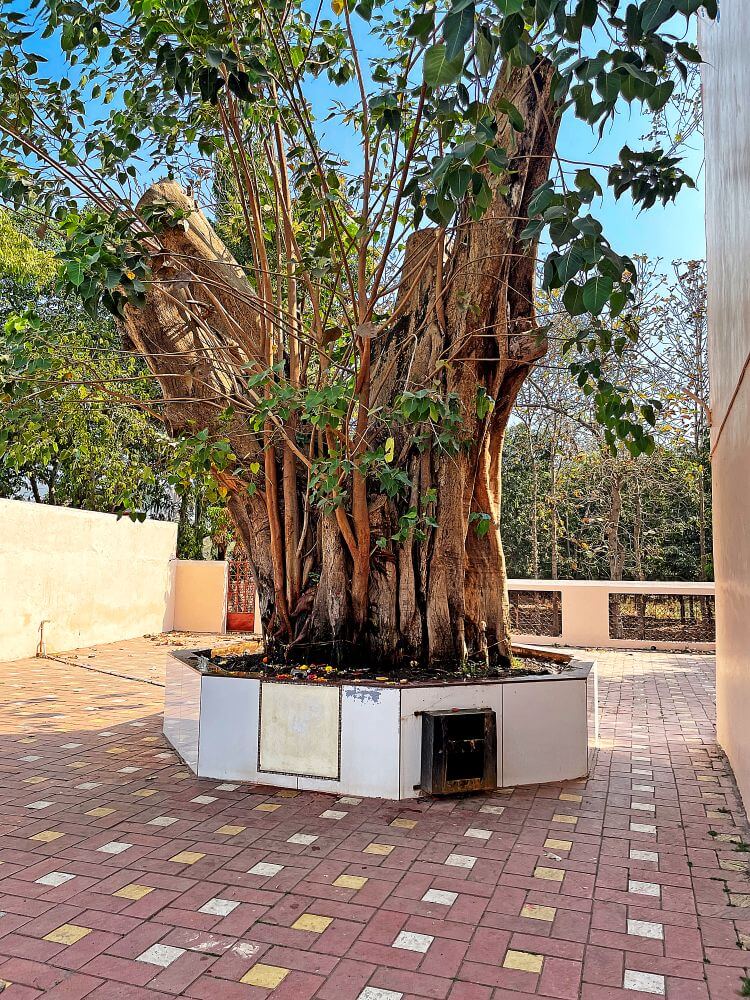 Notably, glass panels surround the Tulsi plant.
Notably, glass panels surround the Tulsi plant.
The main entrance to the temple’s hall is grand, adorned with carvings. Above the doorway are sculptures of Shiva-Parvati, Ganesha, Kartikeya and Rishi Markandeya. To the left of the entrance is a large image of Panchmukhi Hanuman and to the right, a large Ganesha image.
Inside, marble benches are provided for devotees along the outer and inner walls. In the sanctum’s entrance wall, the left alcove (devkoshthaka) houses a Hanuman idol and the right has Ganesha. Additionally, there’s an elegant marble statue of Shiva-Parvati seated on Nandi amidst blooming lotus on the right side. In front of the sanctum is a marble platform with idols of Nandi and a tortoise.
The Shivling rests on the floor inside the sanctum, with a cobra hood shading it from above. A continuous stream of water flows from the Galantikaa (water spout) above, performing natural abhishek (ritual bathing). Behind the Shivling are idols of Shiv, Ganesha, Laxmi-Narayan, Parvati and Hanuman. A Shiv face mask is also placed beside the Lakshmi-Narayan idol. The sanctum ceiling features beautiful carvings with auspicious symbols.
To the left of the Mankameshwar Temple is a two-story building. The lower floor houses a Khandoba temple, where a stone sculpture of Khanderaya riding a horse is displayed inside a glass cabinet, alongside images of Tulja Bhavani and Lakshmi. 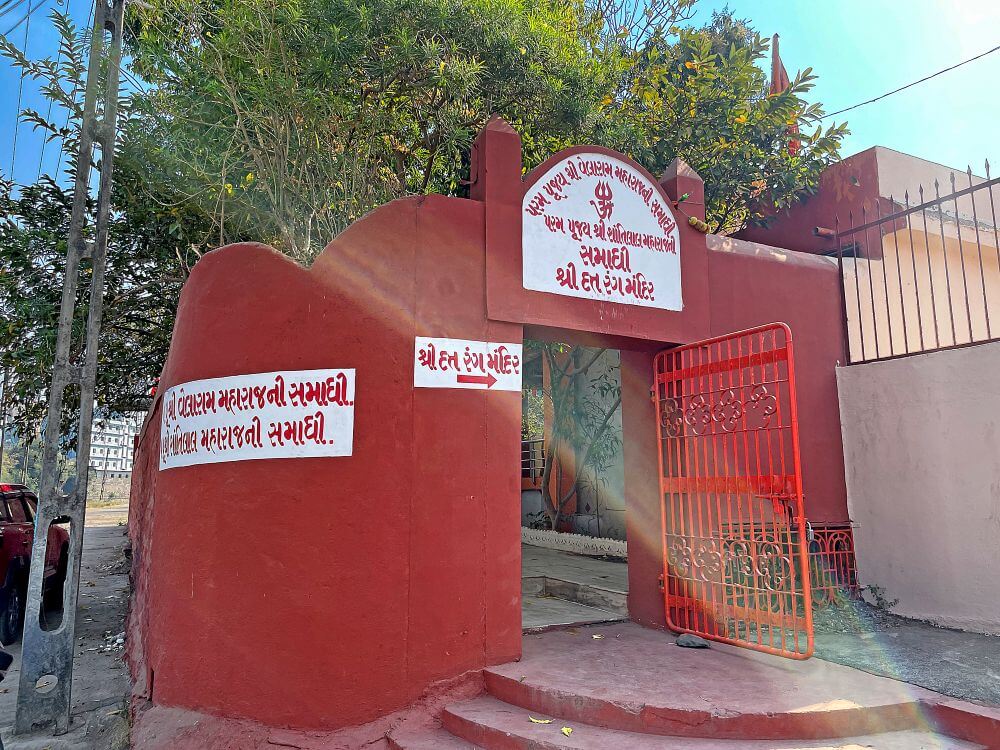 Behind the temple is a round-shaped Samadhi shrine with a dome-shaped spire. In its center lies the marble pedestal containing the footprints (paduka) of Brahmagiri Maharaj, a revered ascetic who took Jeevant Samadhi (conscious departure) here about a decade ago.
Behind the temple is a round-shaped Samadhi shrine with a dome-shaped spire. In its center lies the marble pedestal containing the footprints (paduka) of Brahmagiri Maharaj, a revered ascetic who took Jeevant Samadhi (conscious departure) here about a decade ago.
Next to this is a memorial temple for Pramukh Swami of the Swaminarayan sect, located at the exact spot where he bathed. This temple contains images of Pramukh Swami and Neelkanth Varni, the revered deity of the Swaminarayan sect.
Devotees can visit Mankameshwar Mahadev Temple daily from 6:00 AM to 11:30 AM and again from 5:30 PM to 8:00 PM for darshan (viewing). Hundreds visit daily to see this active Shivling especially during Mahashivaratri, when various religious events are organized. The temple also sees significant crowds every Monday during Shravan month with arrangements for Mahaprasad (community meal) made for devotees.
Right next to this temple is the Dattaranga Temple, which houses shrines of Dattatreya, Ganesha and Hanuman. The samadhis (memorial shrines) of Belaram Maharaj and Shantilal Maharaj are also located within its premises.
